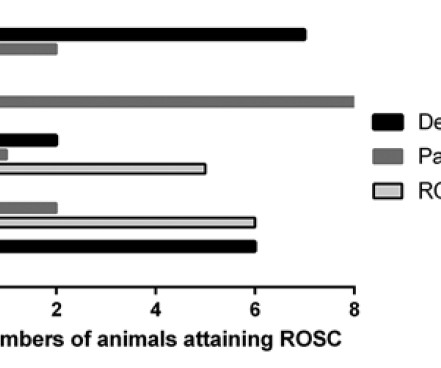A 40-something presented after attempted prehospital resuscitation with persistent Ventricular Fibrillation
Dr. Smith's ECG Blog
JULY 14, 2023
A 40-something with persistent Ventricular Fibrillation presented after attempted prehospital resuscitation A 40-something with no previous cardiac history presented to the ED in persistent Ventricular Fibrillation after attempted prehospital resuscitation. Finally, head-up CPR (which was not used here), makes for better resuscitation.



















Let's personalize your content